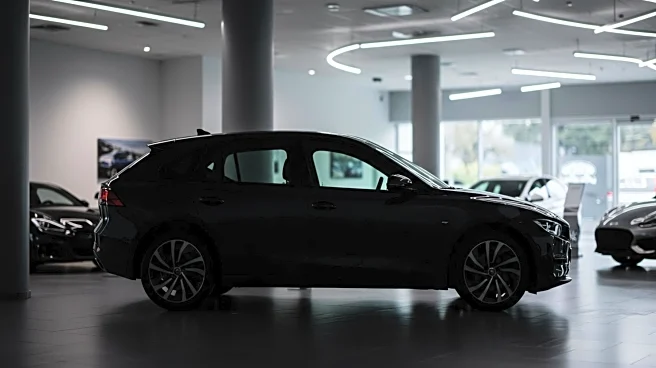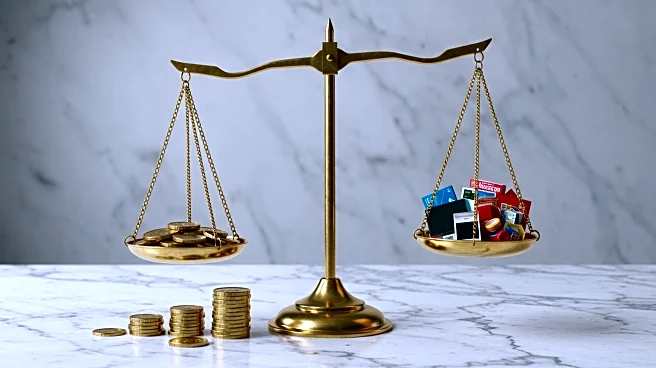Rapid Read • 8 min read
Used car prices in the United States have been on the rise again after a brief period of decline. According to a study by iSeeCars, the average price of a one- to five-year-old used car increased by 3.7 percent in July 2025 compared to July 2024. This marks a significant shift from the previous downward trend observed over the past two and a half years. The study highlights that prices have been climbing since March, with notable monthly increases of 1.0 percent in March, 1.8 percent in April, 2.9 percent in May, and 4.8 percent in June. The BMW 4 Series experienced the highest price increase, jumping by 30 percent year-over-year. Other models like the Porsche Cayenne and Land Rover Discovery also saw substantial price hikes. The average price for a used car in July reached $31,770, up from $30,228 in August 2024.
AD
The rising prices of used cars have significant implications for consumers and the automotive industry. As new car prices remain high and tariff uncertainties persist, demand for used vehicles has surged, leading to increased prices. This trend affects consumers who are looking for affordable transportation options, as the availability of reasonably priced used cars diminishes. The situation also impacts the automotive market, as dealers and manufacturers navigate the challenges of balancing supply and demand. Additionally, the stabilization of used electric vehicle prices offers a potential opportunity for consumers seeking more cost-effective options in the EV segment.
The continued increase in used car prices may prompt consumers to explore alternative transportation options, such as public transit or car-sharing services. Automotive dealers might need to adjust their strategies to accommodate the shifting market dynamics, potentially focusing more on promoting electric vehicles as their prices stabilize. Policymakers could also consider addressing tariff uncertainties to alleviate pressure on the automotive market. As the situation evolves, stakeholders will likely monitor consumer behavior and market trends closely to adapt to the changing landscape.
The rising used car prices highlight broader economic challenges, including inflationary pressures and supply chain disruptions. These factors contribute to the complex dynamics of the automotive market, influencing consumer choices and industry strategies. The stabilization of used EV prices may encourage a shift towards more sustainable transportation options, aligning with environmental goals and reducing reliance on fossil fuels.
AD
More Stories You Might Enjoy











